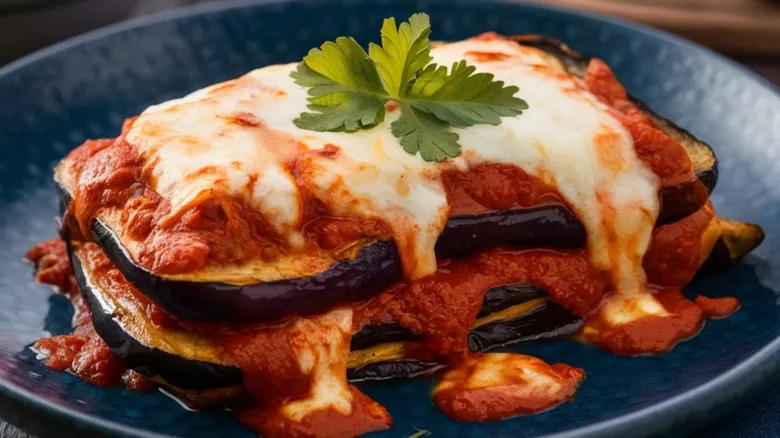How to grill the eggplant
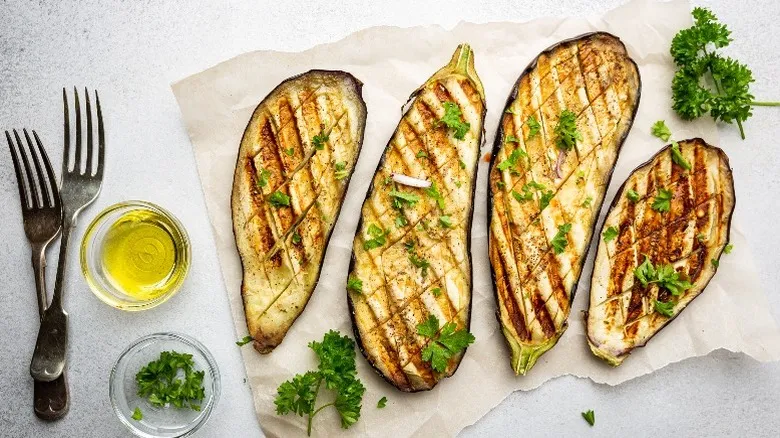
Making grilled eggplant Parmesan is quite similar to the traditional approach. In both methods, it's advisable to dry-brine the eggplant first. Interestingly, about 90% of an eggplant's weight is water. By dry-brining, you eliminate this excess moisture, enhancing the texture of the cooked eggplant. The result is sure to impress, yielding perfectly charred eggplant slices that are free from any sogginess. Simply sprinkle salt on the slices and let them sit for about 15 minutes while you prepare the sauce. Afterward, rinse and pat them dry before grilling.
Achieving the original's satisfying crunch requires a bit more than just dry brining, but you don’t have to sacrifice crispiness for flavor. For a delightfully crispy finish, dip the floured slices in beaten eggs or egg whites, then coat them with a blend of breadcrumbs (either regular or panko) and Parmesan. A drizzle of olive oil or a quick spritz of cooking spray before grilling helps keep the breading intact. If you prefer to cook indoors, you can use the oven by lightly coating a baking pan with your preferred shallow-frying oil and baking the slices in a preheated oven, turning them to cook both sides.
Whichever cooking method you opt for, you’ll end up with a crispy outer layer and a tender, juicy (not soggy!) inside. You might be tempted to eat them straight off the grill, but hold off—grilled eggplant Parmesan is definitely worth the wait!
Choosing a sauce that preserves the texture
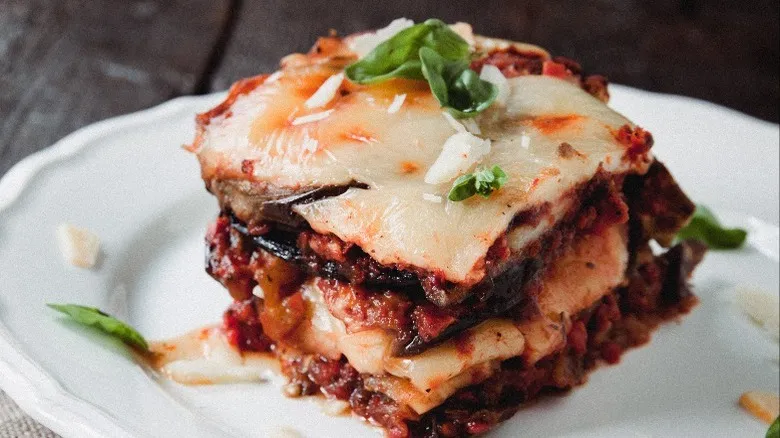
Perfectly grilled eggplant is just the beginning. It's crucial to think about the sauce you'll pair with it. While fresh ingredients are all the rage, tomatoes are inherently acidic. Although they are tasty, they can overshadow the delightful natural flavors you've achieved through grilling. Therefore, opting for fresh marinara sauce may not be the best choice if you want to maintain the eggplant's smoky essence.
Instead, using cooked tomato sauce is often a wiser option. The heat enhances the sweetness of the tomatoes by concentrating their natural sugars as the moisture evaporates. Additionally, the longer you cook them, the more the acids will break down. To further balance the flavor, you can add a pinch of sugar or baking soda. There's also a clever trick involving carrots to neutralize acidic tomato sauce. A high-quality store-bought tomato sauce can work just as well.
Once you've settled on the sauce, all that's left is to add a generous amount of mozzarella and Parmesan, and preheat your broiler. Then, you're just moments away from that first delightful bite—perhaps with a sprinkle of fresh basil on top.
Recommended

A Handy Guide To When To Open Vs Close The Vent On Your Grill
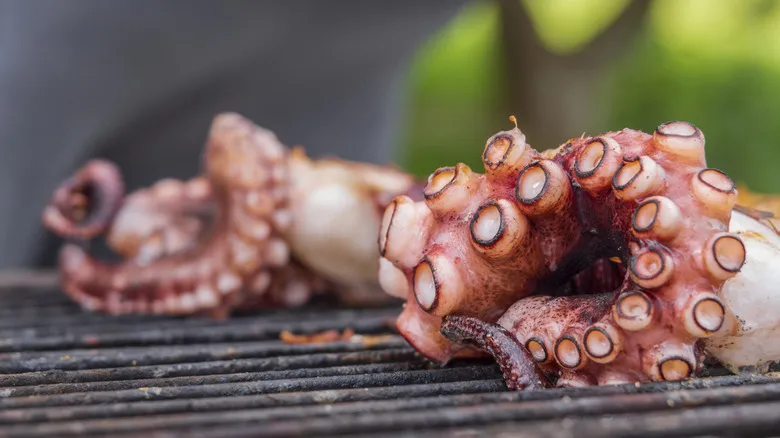
Don't Skip This Important Step When Grilling Octopus
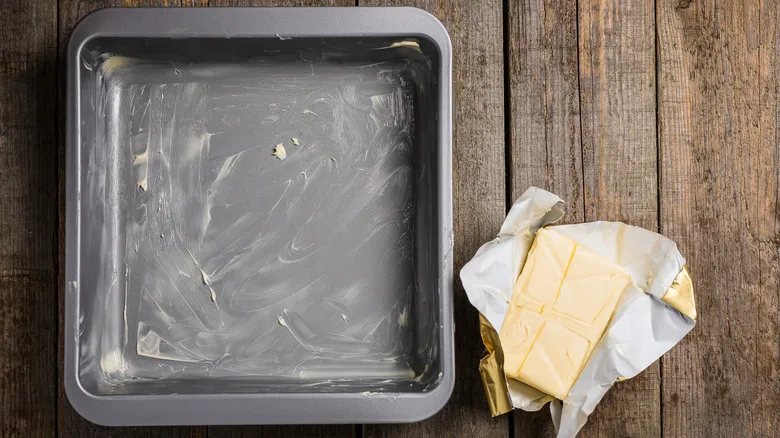
Glass Vs Metal Baking Pans: What Is The Difference?

The Crucial Tip To Remember When Making Korean BBQ
Next up

